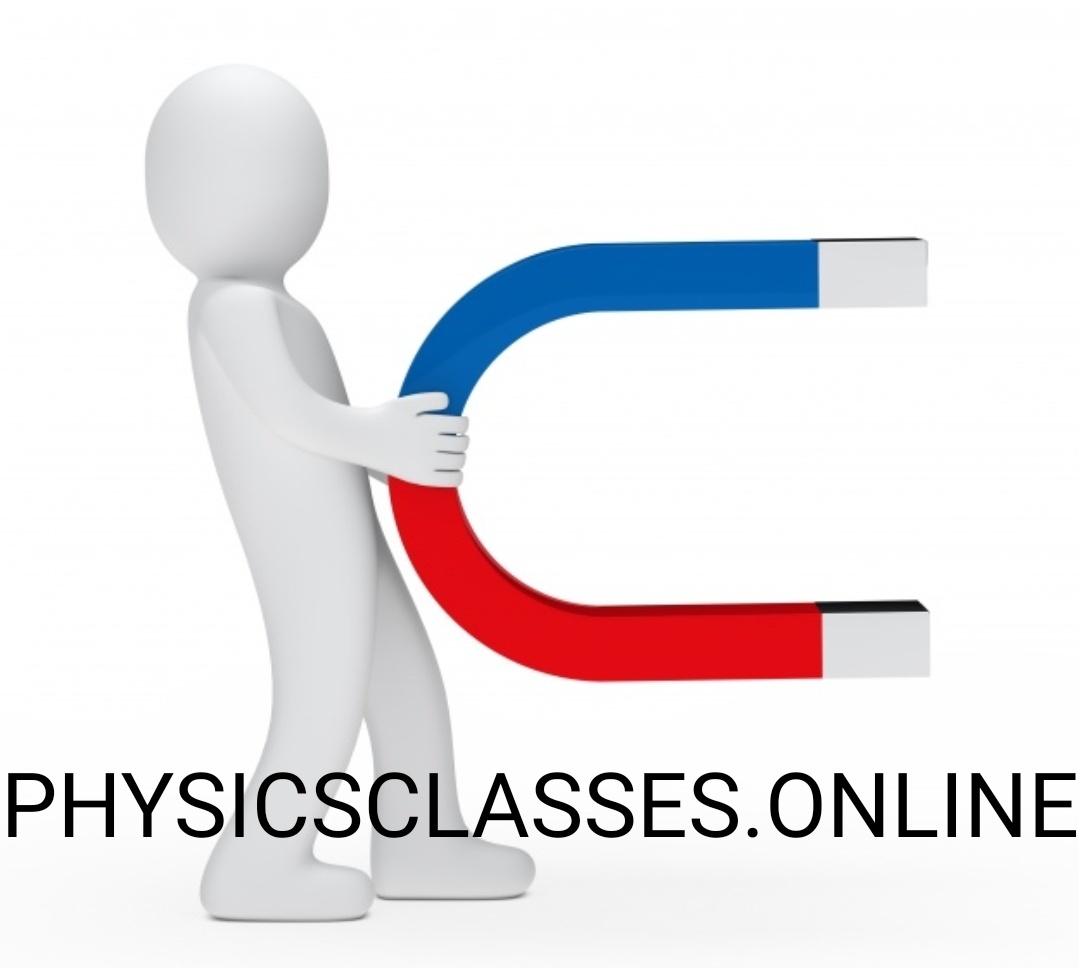This assignment provide the important question of class 10 chapter -3 ( Metals and Non-metals)
Before to solve the assignment of this chapter student may solve the assignment of first chapter CLICK HERE-
To solve the assignment of chapter -2, (acids bases and salts ) – CLICK HERE-
Multiple choice Questions
- Select odd one from the following elements.
a. Bismuth
b. Copper
c. Zinc
d. Arsenic - Which element is present at the top of the reactivity series and is stored in kerosene oil?
a. Potassium
b. Tin
c. Lead
d. Gold - The least reactive metal among the following :
a. Sodium
b. Silver
c. Copper
d. Lead - A metal less reactive and another metal more reactive than hydrogen are:
a. Aluminium and lead
b. Iron and magnesium
c. Copper and tin
d. Copper and mercury - Which of the following metal exists in the liquid state?
a. Na
b. Ag
c. Cr
d. Hg - Which of the following non metal is a liquid?
a. Carbon
b. Sulphur
c. Bromine
d. Iodine - Which of the following represent the correct order of decreasing reactivity?
a. Mg> Al> Zn> Fe
b. Mg>Zn> Al> Fe
c. Al>Zn> Fe >Mg
d. Mg> Fe>Zn>Al - An element reacts with oxygen to give a compound with a high melting point. This compound is also soluble in water . The element is likely to be
a. Ca
b. C
c. Si
d. Fe - Which of the following pairs of reactants will go undergo a displacement reaction?
a. Cuso4 +Fe
b. ZnSO4+Fe
c. MgSO4+Fe
d. Ca(SO4)+Fe - Due to its semiconductor properties the non metal used in computer, t.v etc is
a. Carbon
b. Silicon
c. Bromine
d. Fluorine - Which of the following metal exists in their native state in nature?
I. Cu
II. Au
III. Zn
IV. Ag
a. (i) and (ii)
b. (ii)and(iii)
c. (ii) and (iv)
d. (iii) and (iv) - An element A is soft and can be cut with a knife.this is very reactive to air and cannot be kept in open. It reacts vigorously with water. Identify the element from the following
a. Mg
b. Na
c. P
d. Ca - Generally non-metal are not conductors of electricity. Which of the following is a good conductor of electricity?
a. Diamond
b. Graphite
c. Sulphur
d. Fullerene - What happens when a pellet of sodium is dropped in water?
a. It Catches fire and forms oxide.
b. It absorbs heat and forms oxide.
c. It catches fire and forms hydroxide.
d. It absorbs heat and forms and hydroxide. - When calcium oxide is added to water, it completely dissolves in water without forming bubbles. What products are formed in the reaction?
a. Ca and H2
b. Ca and H2O2
c. Ca(OH)2
d. CaH2
Two marks questions - Write chemical equations for reaction taking place when
a. Potassium with water.
b. Steam is passed over hot iron.
c. Magnesium is treated with dil.HNO3 - Give reason for the following:
a. Metals are regarded as electropositive elements.
b. When a piece of copper metal is added to a solution of zinc sulphate ,no change takes place but the blue colour sulphates fades away when a piece of zinc is placed in its solution.
c. Reaction of Ca with water is less violent . - A student was given Mg , Zn , Fe and Cu metals. He puts each of them in dil. HCL contained in different test tubes . Identify which of them
a. Will not displace H2 from dil .HCL.
b. Will give H2 with 5% HNO3.
c. Will be displaced from its salt solution by all other metals. - Mention the names of the metals for the following:
a. Two metals which are alloyed with iron to make stainless steel.
b. Two metals which are used to make jewellary . - Give reason of the following:
a. School bells are made up of metals.
b. Electric wires are made up of copper.
Three marks questions - Write three differences between metal and non- metal.
- Write two uses of metal and non-metal
- Name the following:
a. A metal, which is preserved in kerosene.
b. A lustrous coloured non metal
c. A metal, which can melt while kept on palm .
d. A metal, which is poor conductor of heat. - (a) explain the formation of ionic compound CaO with electron dot structure. Atomic number of calcium and oxygen are 20 and 8 respectively.
(b) Name the constituent metals of bronze.
25.(a) show the formation of Na2O by the transfer of electrons between the combining atoms
(b) Why are ionic compound usually hard.
(c) How is it that ionic compounds in the solid state do not conduct electricity but they do so when in molten state?
5 marks Questions - Show on a diagram the transfer of electrons between the atoms in the formation of MgO. Write symbols of cation and anion present in MgO.
(b) Name the solvent in which ionic compounds are generally soluble.
(c) Why are aqueous solutions of ionic compounds able to conduct electricity? - In what forms metals found in nature? With the help of examples how metal react with oxygen , Water , and dilute acids . Also, write chemical equation for the reactions.
- Give reason for the following:
a. Ionic compounds have high melting and boiling point.
b. Non- metals in general do not displace hydrogen from dilute acids.
c. Hydrogen gas is not evolved, when zinc metal reacts with dil. HNO3.
d. School bells are made up of metals.
e. Sodium hydroxide solution cannot be kept in aluminium containers.
Do you know the harmful effect of Online classes, to see the video click here-
